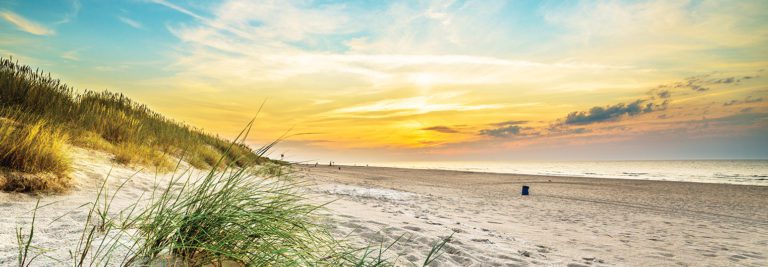After COVID-19 initially disrupted vacations around the globe in early spring, the vacation rental market has bounced back.
In March and April, Long & Foster Vacation Rentals saw the first decline in reservations in many years due to COVID, said Ron Clark, senior vice president and regional manager for Long & Foster Real Estate. Between fear of travel and government restrictions, many canceled their vacations.
In the following months, however, things have changed quite a bit. Clark said many people are looking to travel within their own region to find beaches to relax on.
“Since those initial declines, we saw occupancy rates increase dramatically in June and July,” Clark said. “Customer behavior has changed as more people are headed to ‘drive-to’ destinations, replacing island and international travel.”
Amidst the pandemic, a new trend is emerging. According to a Gallup survey, between mid-March and early-April remote work increased from 31% to 62%. With many school systems transitioning to online learning as well, this presents people with a new opportunity. The ability to work and attend school in a vacation destination for an extended time.
“We clearly have a rental season this year that will extend into September due to remote schooling and work,” Clark said. “And we are also seeing, industry-wide, a trend of consumers who prefer to stay at properties with onsite amenities such as pools, extra living space and close proximity to the beach.”
Long & Foster Real Estate President Gary Scott agrees.
“Vacation rentals are off the charts,” he said. “While there were tons of cancellations last spring, we believe summer will extend into September and vacation rentals will continue to be popular for those looking to escape the confines of their home and get a change of scenery.”
No matter where people are renting – or buying – a home, Long & Foster is paying close attention to all government orders and CDC safety protocols in order to keep clients, agents and employees safe, Scott said. That includes maximizing our virtual capabilities, social distancing, wearing masks and more.
